ऑस्टियोआर्थराइटिस का मतलब घुटने के जोड़ो में दर्द। ऑस्टियोआर्थराइटिस जोड़ों में दर्द और जकड़न पैदा करने वाली बीमारी है। यूं तो इसका कोई पूर्ण उपचार संभव नहीं है परंतु अगर समय रहते रोग पकड़ में आ जाये तो अनेक प्रकार के उपचारों द्वारा इसकी रोकथाम की जा सकती है। यह रोग मुख्यतः जोड़ों की हड्डियों के बीच रहने वाली आर्टिकुलर कार्टिलेज (कड़ी लचीली हड्डी ) को नुकसान देता है।
कुछ आहार (खाद्य पदार्थ) आपके जोड़ों की देखभाल करने में मदद कर सकते हैं। हालांकि किसी विशिष्ट खाद्य अथ्वा पोषण पूरक पदार्थों से ऑस्टियोआर्थराइटिस का इलाज करना असंभव है, लेकिन, आर्धाइटिस फाउंडेशन के अनुसार, आपके आहार में कुछ खाद्य पदार्थ रोग से जुड़े दर्द, जकड़न और इंफ्लामेशन जैसे लक्षणों को कम करते हैं।
कुछ खाद्य पदार्थों में इंफ्लामेशन रोकने की क्षमताएं होती हैं जो इन लक्षणों को कम करने में मदद करते हैं जबकि अन्य खाद्य पदार्थ उन्हें बढ़ा सकते हैं। इस प्रकार एक सही आहार जो इंफ्लामेशन रोकने वाले खाद्य पदार्थों से समृद्ध है, ऑस्टियोआर्थराइटिस को बेहतर बनाने में मदद करता है। आहार में विशेष खाद्य पदार्थों को शामिल करके, हड्डियों, मांसपेशियों और जोड़ों की शक्ति और स्वास्थ्य को बढ़ाया जा सकता है। इसके अलावा वे इंफ्लामेशन और बीमारी से निपटने के लिए शरीर की मदद करते हैं।
आप क्या खाएं
मछली का तेल इंफ्लामेशन रोकने वाले गुणों के साथ ओमेगा-3 फैटी एसिड का एक प्रमुख स्रोत है। ऑस्टियोआर्थराइटिस से पीड़ित मरीजों को अपने आहार में प्रति सप्ताह मछली का तेल प्रयोग करना चाहिए। जो लोग मछली नहीं खाते, वे ओमेगा-3 से भरपूर डाइट सप्लिमेंट जिनमें मछली के तेल, क्रिल तेल या अलसी के तेल का उपयोग कर सकते हैं। इंफ्लामेशन से लड़ने में सक्षम अन्य ओमेगा-3 स्रोतों में चिया बीज, अलसी का तेल और अखरोट शामिल हैं।
तेलः वनस्पति तेल से बने उत्पादों का चयन करें, जैसे कि जैतून का तेल ( Olive Oil) इंफ्लामेशन को कम करने में मदद करता है। एक्स्ट्रा वर्जिन ओलिव आयल जैसे तेलों में ओलेओकैंथल के उच्च स्तर होते हैं, जिसमें एंटी इंफ्लेमेटरी दवाओं के समान गुण होते हैं।
दुग्ध उत्पादः कैल्शियम और विटामिन डी से भरपूर खाद्य पदार्थ जैसे दूध, दही और पनीर, हड्डियों की ताकत बढ़ाते हैं, जो आगे चलकर दर्द को कम करने में मदद करते हैं। डेयरी उत्पाद प्रोटीन से भी समृद्ध होते हैं जो मांसपेशियों के निर्माण में मदद करते हैं। इसके इलावा मोटापे से परेशानी का सामना करने वाले लोग कम फैट वाले डेरी आहार चुन सकते हैं।
हरी सब्जियाँः गहरे रंग की पत्तेदार हरी सब्जियाँ जैसे पालक, गोभी, कोलार्ड, चार्ड आदि में विटामिन डी, एंटीऑक्सिडेंट और इंफ्लामेशन से लड़ने वाले फाइटोकेमिकल्स भरपूर होते हैं। विटामिन डी कैल्शियम एब्सॉर्शन के लिए आवश्यक है और इम्यून सिस्टम को मजबूत बनाता है और शरीर को संक्रमण से लड़ने में मदद करते हैं।
ब्रोकलीः विटामिन सी, विटामिन के, प्रोटीन और कैल्शियम से भरपूर ब्रॉकली में सल्फोराफेन नामक पदार्थ होता है। कई शोधों के अनुसार माना जाता है कि यह ऑस्टियोआर्थराइटिस को बढ़ने से कम या मध्यम करने में मदद करता है। आप चाहे तो ब्रॉकली की स्वादिष्ट और हेल्दी रेसिपी को अपना सकते हैं।
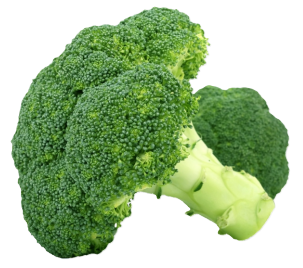 लहसुन:
लहसुन: जोड़ों के दर्द से राहत के लिए लहसुन एक नैचुरल पेनकिलर का काम करता है। लहसुन को मक्खन में तलकर खाने से जोड़ों का दर्द व सूजन जैसी समस्याओं में तुरंत आराम मिलता है। यौगिक डायलाइल डाइसल्फ़ाइड जो लहसुन में पाया जाता है, यह जोड़ों में इंफ्लामेशन करने वाले एंजाइम के खिलाफ काम करता है।
फलः भरपुर मात्रा में फल खाने से उनके एंटीऑक्सीडेंट गुणों के कारण इंफ्लामेशन को कम करता है। इनमें क्रैनबेरी, लाल अंगूर, आड़ू, रसभरी, स्ट्रॉबेरी, लाल करंट, अंजीर, चेरी, नाशपाती, अमरूद, संतरा, खुबानी, आम, लाल अंगूर, कैंटलूप, तरबूज, पपीता और टमाटर शामिल हैं। इन फलों को अपने आहार में जरूर शामिल करें।
ग्रीन टी: ऐसा माना जाता है ग्रीन टी में एंटीऑक्सिडेंट पदार्थ जैसे पॉलीफेनोल, कार्टिलेज डिस्ट्रक्शन को धीमा करने के अलावा इंफ्लामेशन को कम करने में मदद करते हैं। बढ़िया स्वाद के लिए आप इसमें दालचीनी, शहद और नींबू मिला सकते हैं।
नट्सः नट्स हार्ट के लिए अच्छे होते हैं और इसमें कैल्शियम, मैग्नीशियम, जिंक, विटामिन ई और फाइबर भरपुर मात्रा होते हैं। इनमें अल्फा-लिनोलेनिक एसिड (ALA) भी होता है, जो प्रतिरक्षा प्रणाली (इम्यून सिस्टम ) को बेहतर बनाता है।
महत्वपूर्णः अब तक हम यह समझ गए हैं की ऑस्टियोआर्थराइटिस से पीड़ित लोग इंफ्लामेशन की अलग अलग अवस्था में होते हैं अतः उन भोज्य पदार्थों को नहीं खाना चाहिए जिनसे इंफ्लामेशन बढ़े। फैटी फिश, तरह-तरह के नट्स, ऑलिव ऑयल जैसे खाद्य पदार्थों का सेवन ज्यादा से ज्यादा करें। ऐसे खाद्य पदार्थों जैसे की चीनी, सैचुरेटेड फैट्स और रिफाइंड कार्बोहाइड्रेट्स से दूर रहें जो इसके दर्द को बढ़ाने का कारण बनते हैं।



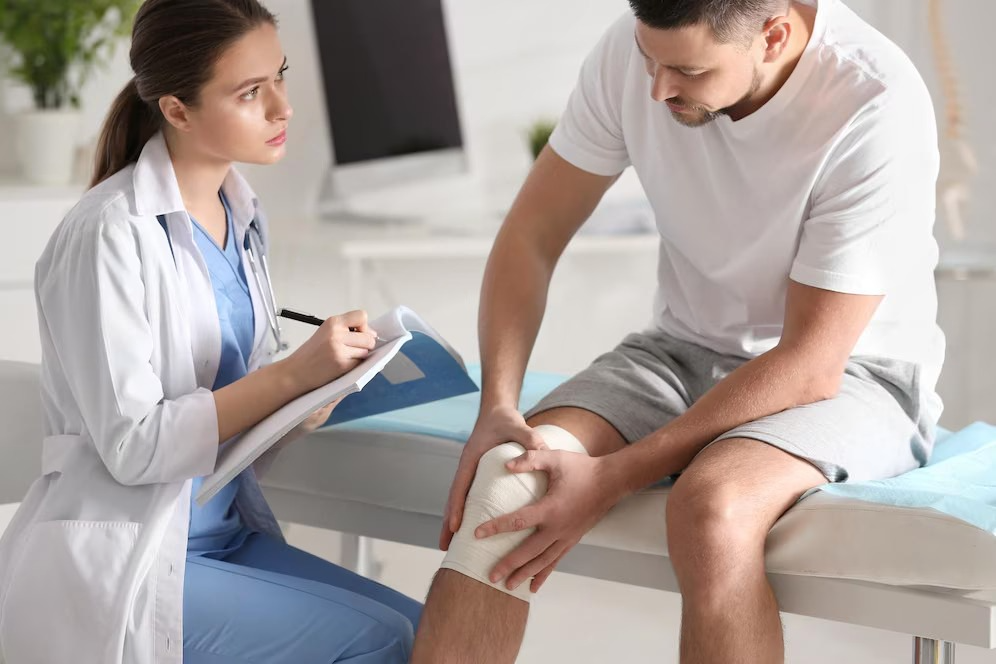
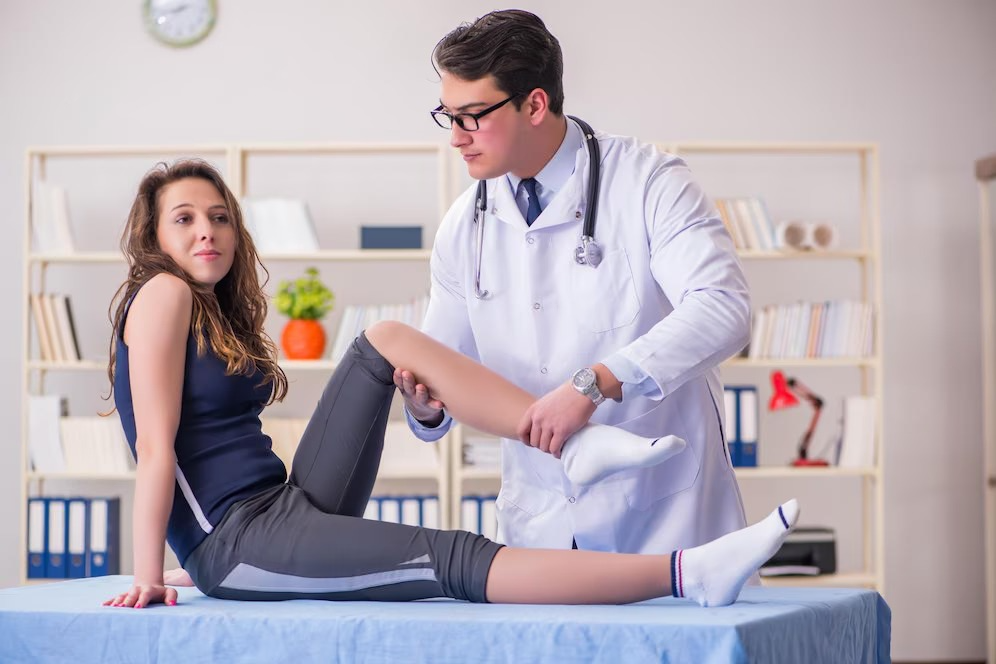
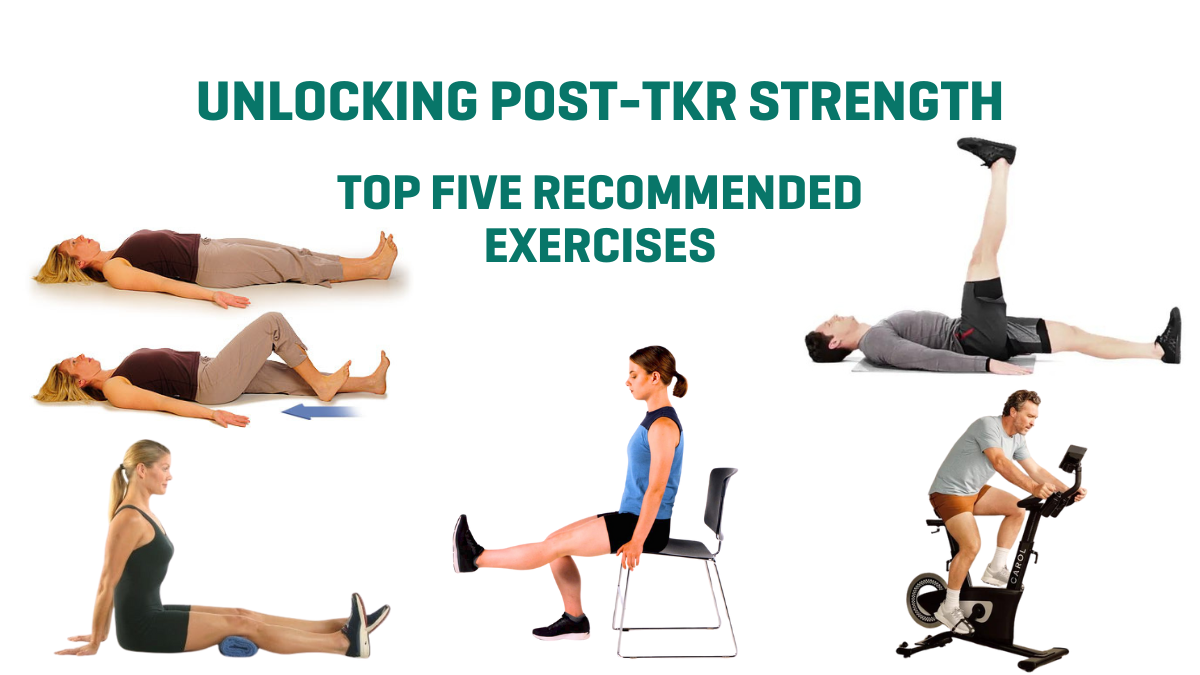
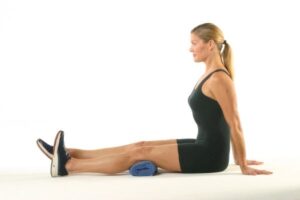
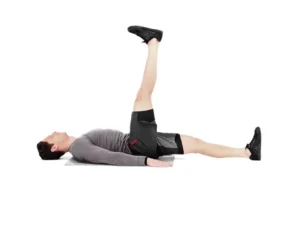
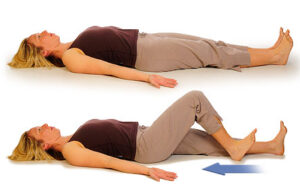
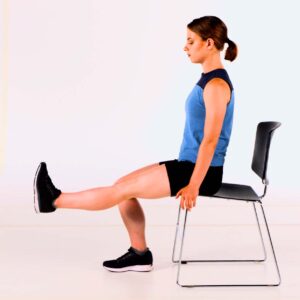
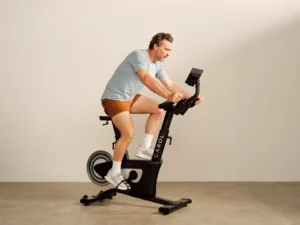 Conclusion:
Recovery after Total Knee Replacement requires a holistic approach, and Dr. S. Khatri’s recommended exercises are designed to address various aspects of rehabilitation. It’s crucial to consult with your healthcare provider before starting any exercise routine and to progress at your own pace. By incorporating these exercises into your daily routine, you’ll be on the path to regaining strength, flexibility, and a renewed sense of well-being after your TKR.
Conclusion:
Recovery after Total Knee Replacement requires a holistic approach, and Dr. S. Khatri’s recommended exercises are designed to address various aspects of rehabilitation. It’s crucial to consult with your healthcare provider before starting any exercise routine and to progress at your own pace. By incorporating these exercises into your daily routine, you’ll be on the path to regaining strength, flexibility, and a renewed sense of well-being after your TKR. 
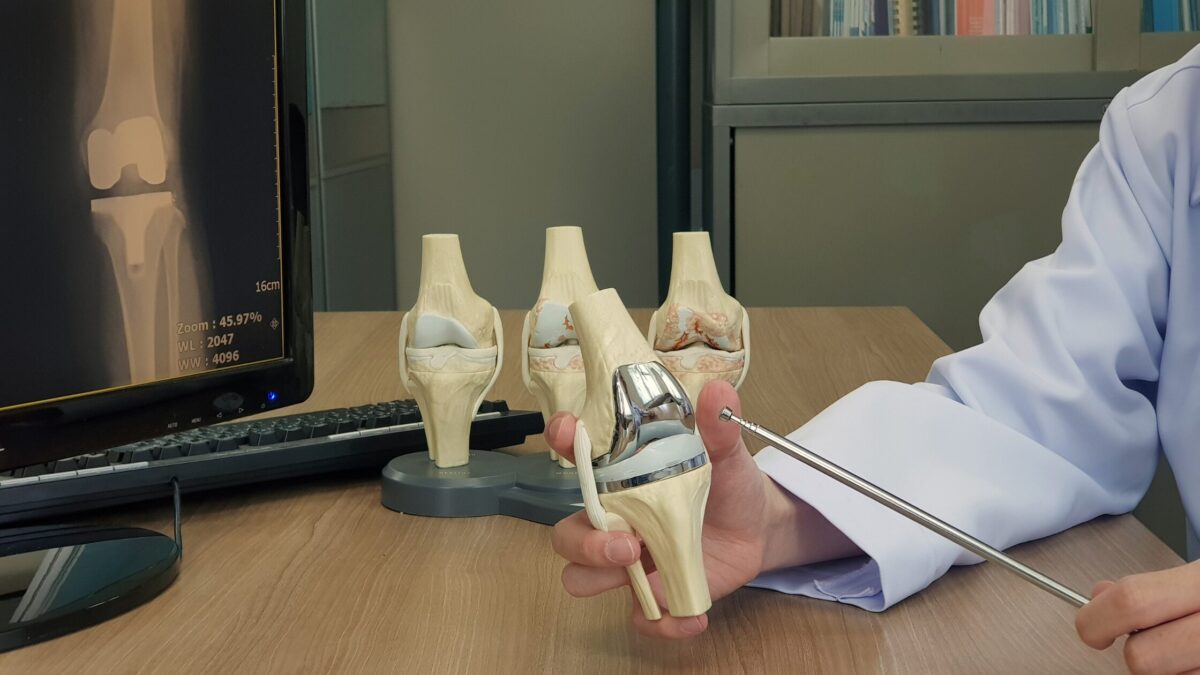
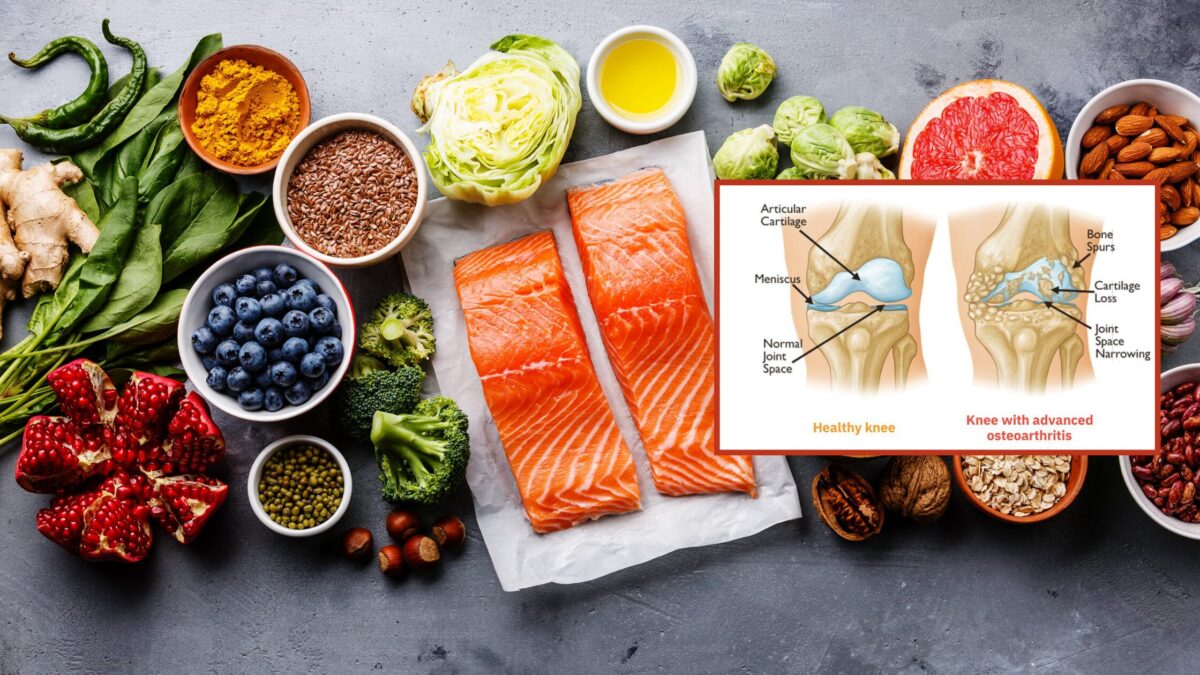
 लहसुन: जोड़ों के दर्द से राहत के लिए लहसुन एक नैचुरल पेनकिलर का काम करता है। लहसुन को मक्खन में तलकर खाने से जोड़ों का दर्द व सूजन जैसी समस्याओं में तुरंत आराम मिलता है। यौगिक डायलाइल डाइसल्फ़ाइड जो लहसुन में पाया जाता है, यह जोड़ों में इंफ्लामेशन करने वाले एंजाइम के खिलाफ काम करता है।
फलः भरपुर मात्रा में फल खाने से उनके एंटीऑक्सीडेंट गुणों के कारण इंफ्लामेशन को कम करता है। इनमें क्रैनबेरी, लाल अंगूर, आड़ू, रसभरी, स्ट्रॉबेरी, लाल करंट, अंजीर, चेरी, नाशपाती, अमरूद, संतरा, खुबानी, आम, लाल अंगूर, कैंटलूप, तरबूज, पपीता और टमाटर शामिल हैं। इन फलों को अपने आहार में जरूर शामिल करें।
ग्रीन टी: ऐसा माना जाता है ग्रीन टी में एंटीऑक्सिडेंट पदार्थ जैसे पॉलीफेनोल, कार्टिलेज डिस्ट्रक्शन को धीमा करने के अलावा इंफ्लामेशन को कम करने में मदद करते हैं। बढ़िया स्वाद के लिए आप इसमें दालचीनी, शहद और नींबू मिला सकते हैं।
नट्सः नट्स हार्ट के लिए अच्छे होते हैं और इसमें कैल्शियम, मैग्नीशियम, जिंक, विटामिन ई और फाइबर भरपुर मात्रा होते हैं। इनमें अल्फा-लिनोलेनिक एसिड (ALA) भी होता है, जो प्रतिरक्षा प्रणाली (इम्यून सिस्टम ) को बेहतर बनाता है।
महत्वपूर्णः अब तक हम यह समझ गए हैं की ऑस्टियोआर्थराइटिस से पीड़ित लोग इंफ्लामेशन की अलग अलग अवस्था में होते हैं अतः उन भोज्य पदार्थों को नहीं खाना चाहिए जिनसे इंफ्लामेशन बढ़े। फैटी फिश, तरह-तरह के नट्स, ऑलिव ऑयल जैसे खाद्य पदार्थों का सेवन ज्यादा से ज्यादा करें। ऐसे खाद्य पदार्थों जैसे की चीनी, सैचुरेटेड फैट्स और रिफाइंड कार्बोहाइड्रेट्स से दूर रहें जो इसके दर्द को बढ़ाने का कारण बनते हैं।
लहसुन: जोड़ों के दर्द से राहत के लिए लहसुन एक नैचुरल पेनकिलर का काम करता है। लहसुन को मक्खन में तलकर खाने से जोड़ों का दर्द व सूजन जैसी समस्याओं में तुरंत आराम मिलता है। यौगिक डायलाइल डाइसल्फ़ाइड जो लहसुन में पाया जाता है, यह जोड़ों में इंफ्लामेशन करने वाले एंजाइम के खिलाफ काम करता है।
फलः भरपुर मात्रा में फल खाने से उनके एंटीऑक्सीडेंट गुणों के कारण इंफ्लामेशन को कम करता है। इनमें क्रैनबेरी, लाल अंगूर, आड़ू, रसभरी, स्ट्रॉबेरी, लाल करंट, अंजीर, चेरी, नाशपाती, अमरूद, संतरा, खुबानी, आम, लाल अंगूर, कैंटलूप, तरबूज, पपीता और टमाटर शामिल हैं। इन फलों को अपने आहार में जरूर शामिल करें।
ग्रीन टी: ऐसा माना जाता है ग्रीन टी में एंटीऑक्सिडेंट पदार्थ जैसे पॉलीफेनोल, कार्टिलेज डिस्ट्रक्शन को धीमा करने के अलावा इंफ्लामेशन को कम करने में मदद करते हैं। बढ़िया स्वाद के लिए आप इसमें दालचीनी, शहद और नींबू मिला सकते हैं।
नट्सः नट्स हार्ट के लिए अच्छे होते हैं और इसमें कैल्शियम, मैग्नीशियम, जिंक, विटामिन ई और फाइबर भरपुर मात्रा होते हैं। इनमें अल्फा-लिनोलेनिक एसिड (ALA) भी होता है, जो प्रतिरक्षा प्रणाली (इम्यून सिस्टम ) को बेहतर बनाता है।
महत्वपूर्णः अब तक हम यह समझ गए हैं की ऑस्टियोआर्थराइटिस से पीड़ित लोग इंफ्लामेशन की अलग अलग अवस्था में होते हैं अतः उन भोज्य पदार्थों को नहीं खाना चाहिए जिनसे इंफ्लामेशन बढ़े। फैटी फिश, तरह-तरह के नट्स, ऑलिव ऑयल जैसे खाद्य पदार्थों का सेवन ज्यादा से ज्यादा करें। ऐसे खाद्य पदार्थों जैसे की चीनी, सैचुरेटेड फैट्स और रिफाइंड कार्बोहाइड्रेट्स से दूर रहें जो इसके दर्द को बढ़ाने का कारण बनते हैं।